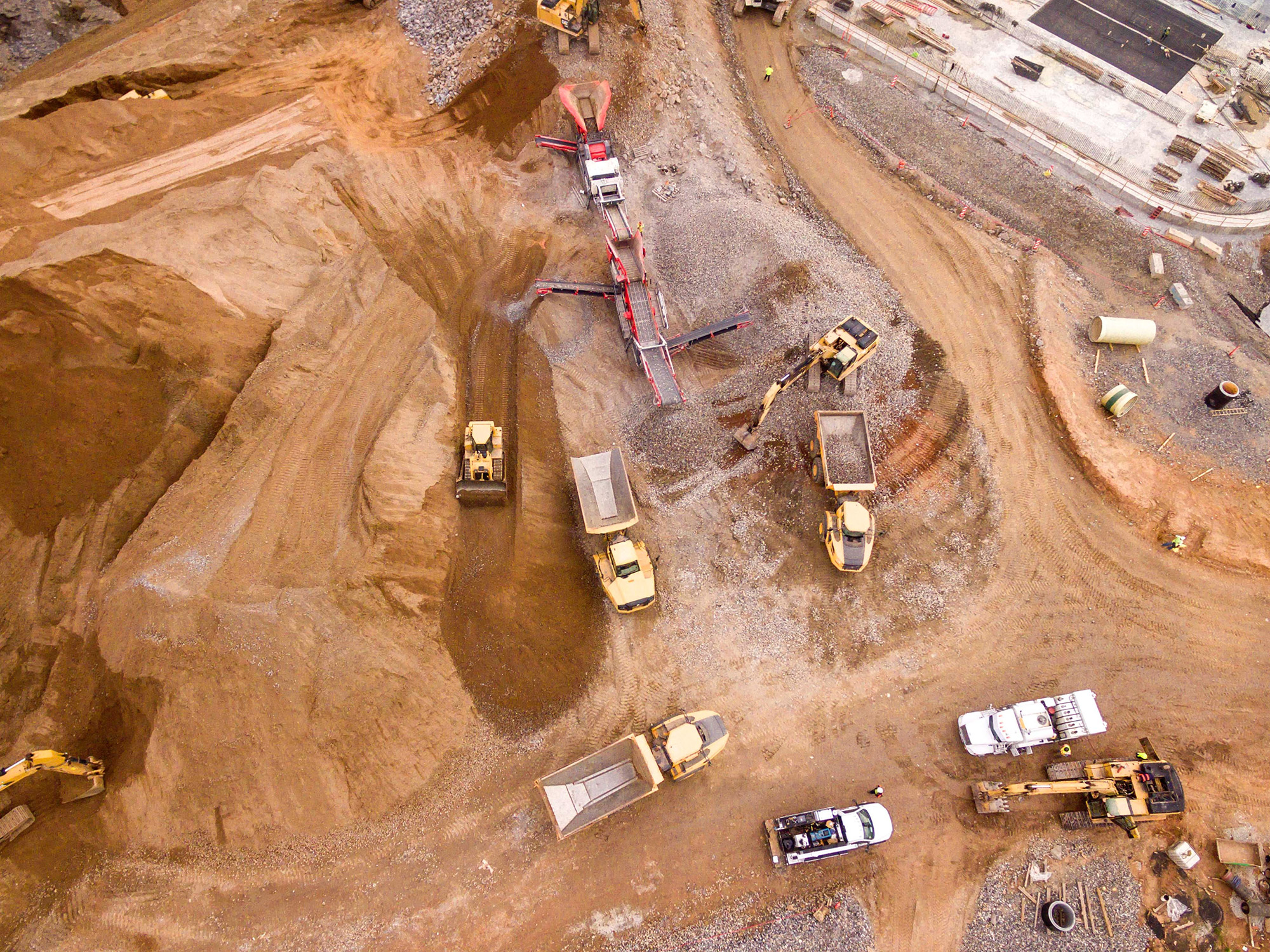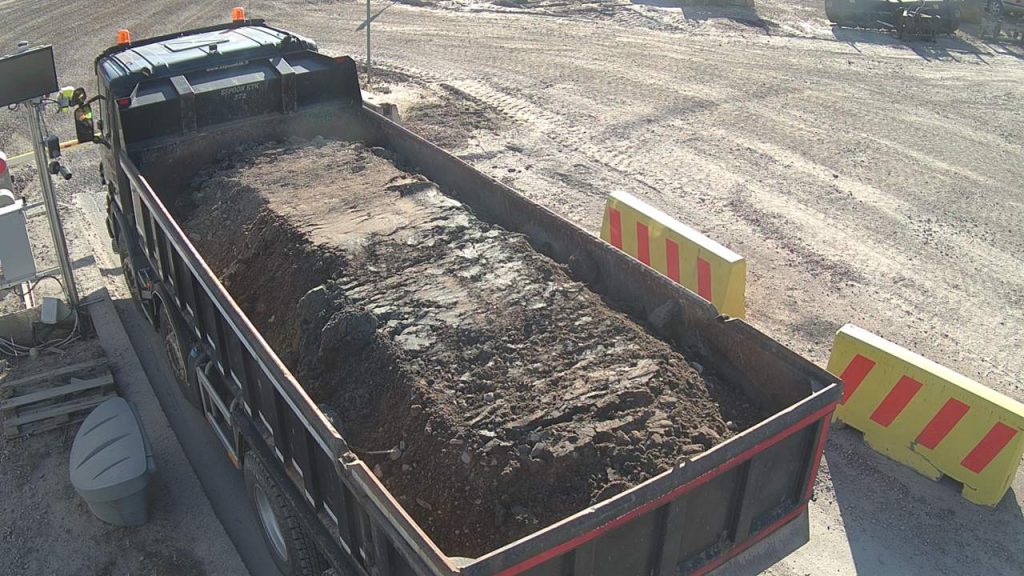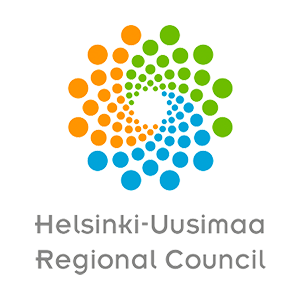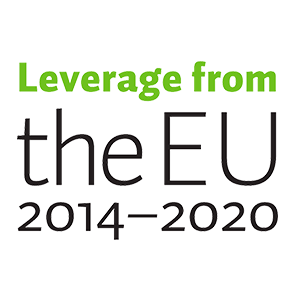
Is there any use for surplus clay from construction sites as landfills fill up?

Utilising surplus clay from construction sites
clay, infrastructure, mass economy, construction sites, aggregate, thermal treatment, recycled lightweight expanded clay aggregate, aggregate products, waste heat, production side streams
We studied the use of clay as a component in an aggregate product that could be used in land development while reducing the climate impact of construction. The use of clay as a production material could potentially reduce emissions and costs caused by the transportation of clay and production of virgin materials for construction.
- Supply and demand
The profitability of using clay as a raw material is primarily determined by the market potential of the product or products and the cost structure of the production plant. Surplus clay as a raw material is practically free, and directing the currently levied landfill gate fees differently could serve as an incentive for using clay as a raw material in production.
- Environmental permits
The surplus clay from construction sites is classified as waste if it is not assigned to be used for something else. This classification of clay as waste can be prevented by conducting relevant research and planning in advance, but soil could be used much more efficiently if clay that has already been dug up could also be reclassified.
- Cooperation
The key to the successful use of clay is to rethink established practices in “ecosystems” where operators in different sectors can collaborate to develop opportunities for business around circular economy.
This solution is right for you if
- you work with geotechnics or mass coordination;
- you are a developer in an area with a large number of clay pits (capital and coastal regions) and a fast growing city with many construction projects; or
- you plan business operations that use industrial side streams and waste heat.
BASIC FACTS
- The location of the industrial area. Construction site, landfill. Concept implemented by the city of Espoo and its Public Works Department and Environment Centre. Ramboll acts as consultant.
- Duration: from October 2020 onwards. The study on clay is ongoing as a collaborative development effort coordinated by the Espoo Public Works Department.
- The city of Espoo provides the framework for the new circular economy-based business and brings together expertise, market knowledge and different interest groups.
The majority of the soil brought to the Kulmakorpi landfill is clay
Transferring surplus clay from construction sites to landfills creates both costs and emissions. Within our project, Espoo has tried to find a solution to the problem by looking into ways to process surplus clay produced across the capital region into a lightweight expanded clay aggregate. One of the central themes of circular economy is resource efficiency, which means the most efficient possible use and reuse of exiting materials. By using surplus clay, we can prevent the acquisition of virgin materials and the resulting climate and environmental impacts.
Our study on clay included basic research, test-baking clay from Espoo, a workshop and final report
In the study, the potential of clay as a raw material was examined while taking into account both production factors and market potential. The study examined, for example, the characteristics of clay with regard to thermal processing, potential forms of production and energy sources, applications for use and market potential.
Preliminary research consisted of expert interviews and discussions. The actual study included the examination of data and a workshop. During the workshop, the results from the preliminary research were further discussed, the Åbo Akademi University presented the results and conclusions of their thermal treatment testing, interest in the topic among operators in the industry was reviewed and knowledge and experience in the use of surplus clay was gathered from interest groups.
The thermal processing methods of clay are based on drying and burning. The treatment temperature and the physical and chemical properties of clay determine the properties of the final product. The expansion of clay is essential in the production of products such as lightweight expanded clay aggregate. The properties indicating expansion potential were found to include clay content, water content, dry unit weight and the quantity of organic material. Preliminary research on clay plays an important role in identifying the clay types suitable for production and ensuring smooth further processing. Preliminary research should be included in construction planning as early in the process as possible.

The market potential of a product is based on demand, i.e. the application potential and price in relation to similar products
Recycled lightweight expanded clay aggregate production can be divided into three “production lines”: 1) recycled lightweight expanded clay aggregate which does not meet the requirements of traditional lightweight expanded clay aggregates; 2) clay aggregate from crushed “burnt” clay; and 3) embankment clay, which is dried clay. Clay aggregate and embankment clay are terms used for the purpose of the study and they do not correspond with any official classification or existing products. This type of product would be used like stone aggregate and is in competition with virgin stone aggregate and some recycled materials that are typically low-cost materials. This means that any new product must either have properties that the competing materials do not have or must be cheaper.
The use of surplus clay, or any other recycled materials, requires communication across different sectors and extensive prior research
Our study on clay provides a preliminary overview of the potential of surplus clay as a raw material across the capital region. Research on the suitability of local clay types for thermal treatment provides basic information on the properties of these clays but a more detailed analysis of production or production potential requires further examination and studies. The use of clay in several different production lines or transportation of suitable clay raw material to an aggregate plant require further investigation. The discussions sparked by our study are the primary medium for exploring alternatives, altering practices identified as preventing the use of surplus clay and integrating resource sustainability as part of the construction industry.
With the current cost structure, producing recycled lightweight expanded clay aggregate or a similar product is more expensive than acquiring virgin stone aggregate. The cost structure of an aggregate product depends on how the costs of other uses of surplus clay are taken into account and how much saving natural materials and recycling are valued. Carbon dioxide emissions from materials may become a significant factor in procurement alongside cost and technical suitability. However, before the current conditions change, public operators play a key role in enabling the use of clay and providing potential sites for applications.

TAKE-HOME MESSAGES
- In order to launch the production of clay aggregate, we need a collaborative ecosystem in which operators in different sectors develop business opportunities around circular economy together.
- The profitability of using clay as a raw material in production is primarily determined by the market potential of the product or products and the cost structure of the production plant.
- In future procurements, the carbon footprint of products may become the decisive factor alongside cost.
- In addition to permits, such as environmental permits, the classification of clay as waste is a significant factor affecting the planning of production.
“When procurement decisions are based on CO2 emissions, the production of recycled aggregates can become profitable. For as long as money is the priority, public operators have a key role in enabling the use of clay.”
— Workshop participant




